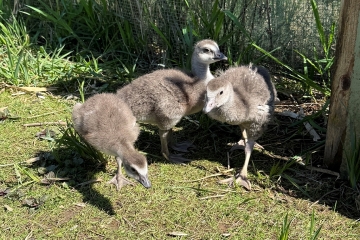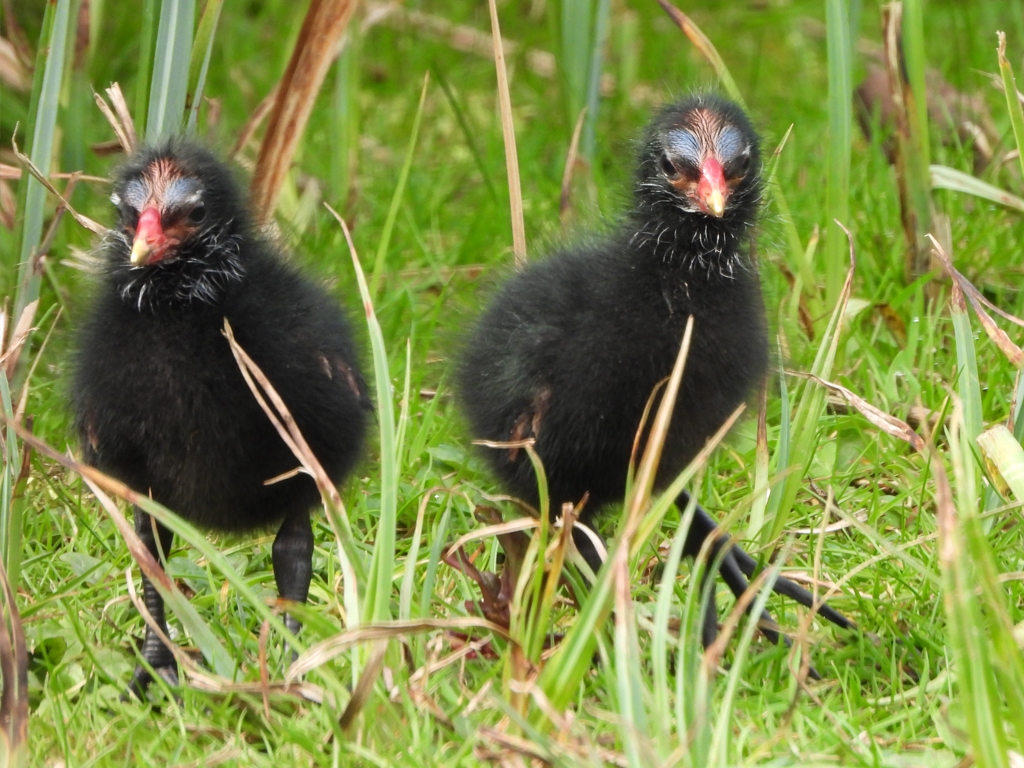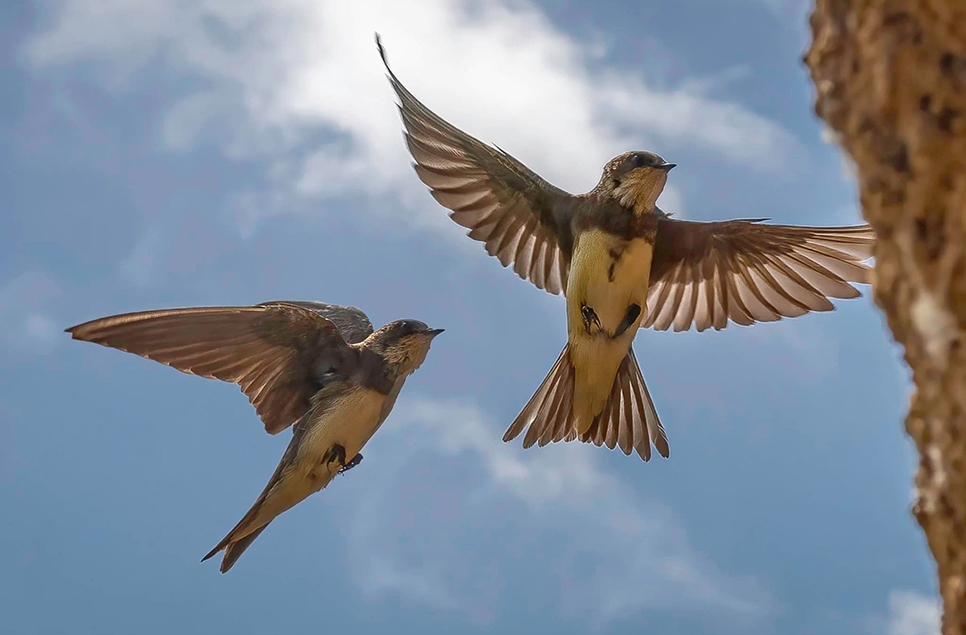What Species to Watch for this Autumn
Migration begins – comings and goings on our wild side
September begins the season of change and reflection. Nature’s palette starts to shift and migrating birds pass through on journeys south or arrive to stay the winter. We bring you tips on comings and goings as autumn slowly creeps in. Spend time in the hides - you may be rewarded with the flash of a kingfisher, a snipe breaking cover or a graceful grey heron!
Sand Martins
Its migration time for our martins. Sand Martins have been dispersing from their nesting bank in our Sand Martin hide since late August. Counts were in the mid teens at late August compared to numbers in the 40+ when the nests were busy in spring and early summer. We will check the nest bank nesting holes to count how many were used by sand martins later in autumn, when we aren't disturbing wildlife in the hide. In previous years we used to get a large influx of sand martins, house martins and swallows moving through the reserve on their migration south in August and early September but we didn't see them last autumn.
Small birds
Sedge warblers and reed warblers have headed south to over winter in Africa. Blackcaps, willow warblers, garden warblers, reed warblers, sedge warblers and whitethroats are moving southward as well. However Cetti's warblers stay on site through the winter give occasional blasts of song. Robin and blackbird numbers will increase in autumn and remain high all winter. The species onsite and vary daily so pick one of the hides and try your luck. A stay in the Ramsar or Scrape hide should grant you a kingfisher sighting as well. Duck numbers are gradually increasing with more gadwall, shoveler and teal on the water.
Herons
Grey herons are more plentiful and easier to see as the days get cooler, the foliage shorter and browner. We see more cormorants in autumn especially on the large lagoon between the Ramsar and Sand martin hides. Little egrets and cattle egrets stay on site year 'round. Cattle egrets seem to be nest building onsite on a tree between the roosting tree near to Ramsar and the Sand Martin hide. Apparently their breeding season runs until October so watch this space!
Small waders
The snipe population at Arundel Wetland Centre begins to increase in late summer with birds from Northern Europe and Russia arriving to winter here in the southeast. These small, dumpy waders have short legs and their buff colours and mottle brown feathers allowing them to perfectly blend into the reeds at the water’s edge. Snipe use their extremely long bills to probe mud looking for invertebrates to eat. Most days it’s difficult for us to ascertain how many snipe we have onsite. We may only see a few in our morning counts but when we enter an area to work we may startle 30+ into the air!
In late August we could already hear water rails squealing at each other in the reedbeds. Their contact call is a pig like squeal. We do have a few on site al year around but we will get an influx of rails from rest of UK and mainland Europe. These nervous birds with big feet often scurry for cover if they hear you approaching. They are related to moorhens, but smaller and thinner with a lovely red bill.
In the last few years we have had more lapwing returning to the site in autumn and winter, with a small flock wintering on site. Look for them on the islands between the Ramsar and Sand martin hides.
Ducks
Gadwall numbers been increasing since late August when we were counting 85-100 on the water. Teal numbers also increase in autumn but only to 40-50 birds. The Scrape hide is a good vantage point for gadwall and teal. Numbers of these ducks will go up and down depending on how many places to feeding there are in the Arun Valley due to water levels and temperatures.
Geese
Canada geese and greylag geese that bred onsite have dispersed in August. In September October we do get them coming in a days end to roost and leaving early mornings.
Raptors
We start seeing osprey stopping by in late August and September. These fish eaters sometimes stay a few days. Buzzards can be seen, coasting on the thermals from Offham hangar on warm days. Look out for kestrels too. We have our eyes to the skies in October looking for an increase in the number of Marsh Harriers coming onsite to roost. We are open an extra hour on Wednesday 6 November & Saturday 9 November for visitors to stay on to watch the pied wagtail, egrets and marsh harriers roost.
Ready to visit?
If you've been inspired to explore Arundel Wetland Centre this autumn, find out more and plan your visit online.
Plan your visit
Ready to visit?
If you've been inspired to explore Arundel Wetland Centre this autumn, find out more and plan your visit online.
Plan your visit


